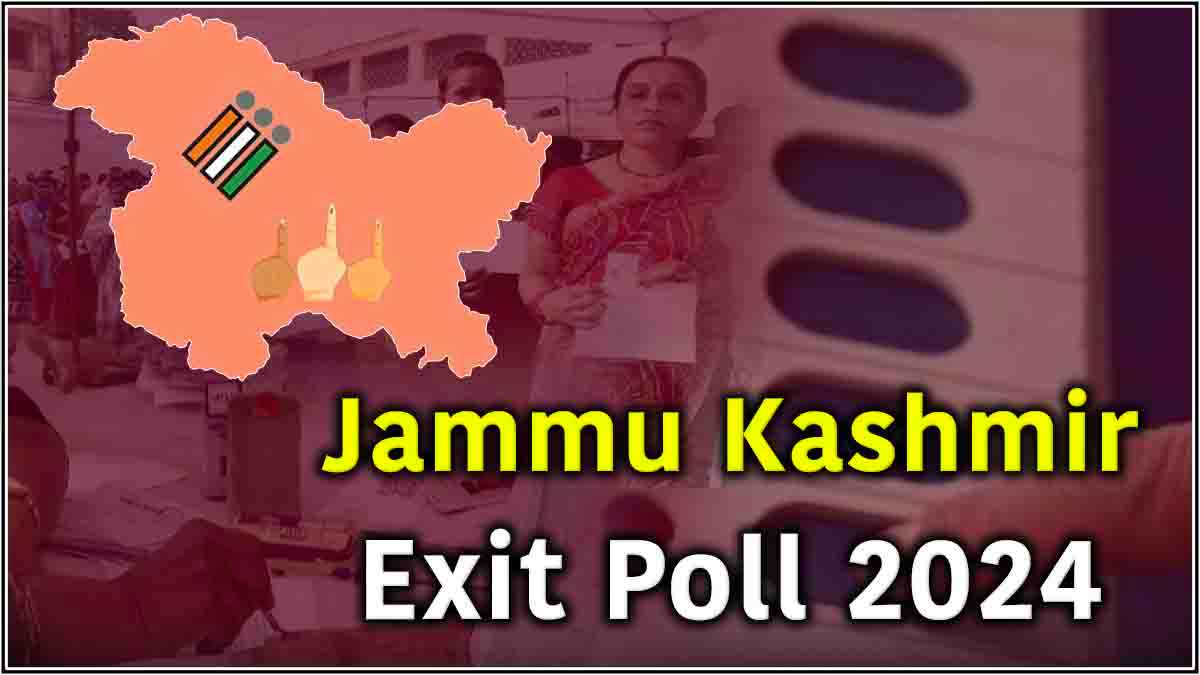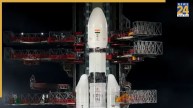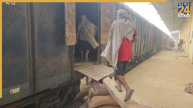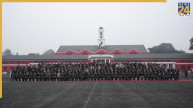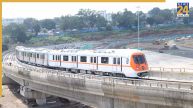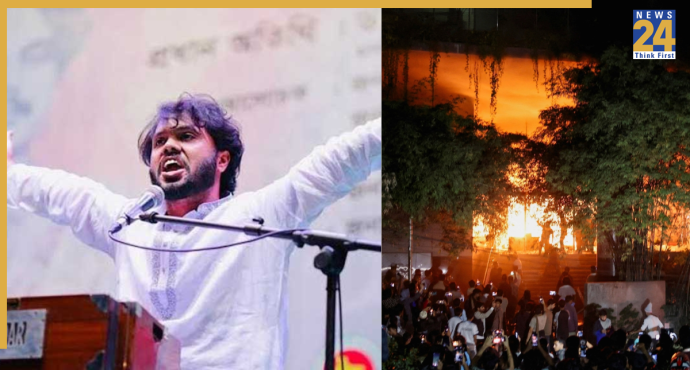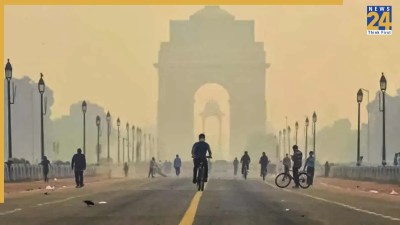Jammu Kashmir Exit Poll 2024: All eyes are on the Jammu and Kashmir elections, as a government is set to be formed through a public vote for the first time in a decade. Everyone is eagerly waiting to see who will claim the victory in this important region, often referred to as the “crown of the nation.” The official results will be declared on October 8, but exit poll predictions have already started surfacing after the voting concluded in Haryana.
According to the C-Voter India Today survey, in Jammu, the BJP is expected to secure between 27 to 31 seats out of the total 43 seats. The NC+ alliance is projected to win between 11 to 15 seats, PDP may secure 0 to 2 seats, and other candidates might receive 0 to 1 seat.
In Kashmir, the BJP is likely to win 0 to 1 seat, NC+ is expected to win between 29 to 33 seats, the PDP between 6 to 10 seats, and other candidates between 6 to 10 seats out of the total 47 seats in the region.
Overall, the C-Voter India Today survey estimates NC+ to win between 40 to 48 seats, BJP between 27 to 32 seats, PDP between 6 to 12 seats, and other candidates between 6 to 11 seats.
Meanwhile, according to the Dainik Bhaskar survey, NC+ is projected to win between 35 to 40 seats, BJP between 20 to 25 seats, PDP between 4 to 7 seats, and other candidates between 12 to 16 seats.
In the Matrize survey, BJP is estimated to secure between 23 to 27 seats, PDP between 7 to 11 seats, NC+ between 46 to 50 seats, and other candidates between 4 to 6 seats.
| Agency | BJP | PDP | NC+ | Others |
| C-Voter India Today survey | 27 to 32 seat | 6 to 12 seat | 40 to 48 seat | 6 to 11 seat |
| Dainik Bhaskar survey | 20 to 25 seat | 4 to 7 seat | 35 to 40 seat | 12 to 16 seat |
| Matrize survey | 23 to 27 seat | 7 to 11 seat | 46 to 50 seat | 4 to 6 seat |
Also Read: Explained: Bhupinder Singh Hooda Or Kumari Selja- Who Will Lead Congress In Haryana?
First Assembly Elections in 10 Years
The last assembly elections in Jammu and Kashmir were held in 2014. Before the 2019 elections, on August 5, the central government announced the abrogation of Article 370, transforming Jammu and Kashmir into a Union Territory. The Supreme Court ordered elections to be held by September, after which the Election Commission conducted voting in three phases.
Elections Conducted in Three Phases
The assembly elections, held for 90 seats, saw enthusiastic participation from the people of Jammu and Kashmir. The first phase of voting took place on September 18, followed by the second phase on September 25, and the final phase on October 1. An impressive 63.88% voter turnout was recorded, setting a significant benchmark.
Around 900 Candidates Contesting for 90 Seats
In these assembly elections, held after a 10-year gap, nearly 900 candidates are trying their luck. Major political parties have put their full strength into the race, including Farooq Abdullah’s National Conference, Mehbooba Mufti’s PDP, Congress, BJP, and several local parties. Independent candidates have also contested.
Political Alliances and Equations
Speaking of political equations in Jammu and Kashmir, the National Conference and Congress decided to form an alliance for the elections. The PDP, however, contested alone. Interestingly, the BJP did not field candidates in many seats in Kashmir. In addition to the major parties, many independent candidates are also competing for victory.
Also Read: Massive Protests Erupt In West Bengal Demanding Justice After Minor Girl’s Body Found In Canal

